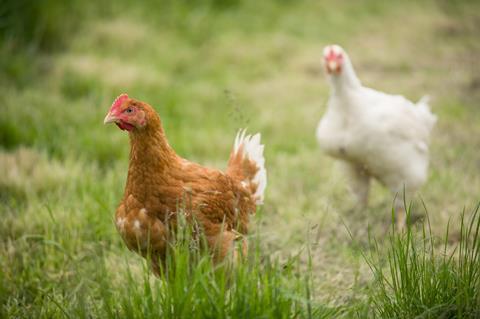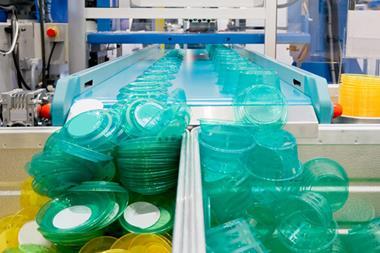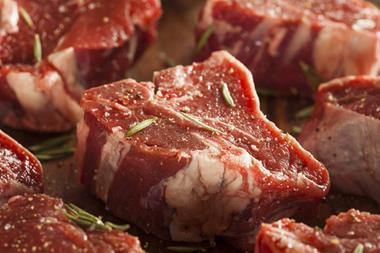
As the USDA confirms global soyabean stocks are lower than expected due to rocketing demand, Rabobank has warned of further price volatility in oilseed markets over the next decade.
The USDA published its latest estimates last week, revealing US soyabean stocks are up 54% year on year and at their highest since 2012, but remain over one million tonnes below the average trade estimate due to higher than expected demand.
According to a new report from Rabobank, global demand for soyabeans and other oilseed crops is being driven by a change in the dynamics of animal protein production - specifically the intensification of livestock systems in developing countries and the growing consumer preference for poultry and fish above beef and pork.
Rabobank says 257 million tonnes of vegetable meal protein - most of which came from oilseeds - was used for animal feed in 2014, up from 160 million tonnes in 2003. Strong demand meant vegetable meal prices have kept pace with vegetable oil prices despite growing demand for biofuels between 2005 and 2011. Prices of soyabeans - which account for three-quarters of the world’s protein meal supply - doubled from 2005 to 2014.
Rabobank says further intensification of animal production will boost vegetable meal inclusion in feed by 5% to 15% per kg of meat, dairy or fish produced from 2013 to 2023. Improved animal genetics and the continued switch to poultry and fish will also drive demand over the next decade.
Rabobank warns future supply could be constrained by a declining demand for biofuels and the reliance on yield expansion to lift soy production.
“The current trends suggest the vegetable meal supply/demand balance will further tighten over the coming decade, leading to upward pressure on prices,” it says.



















No comments yet